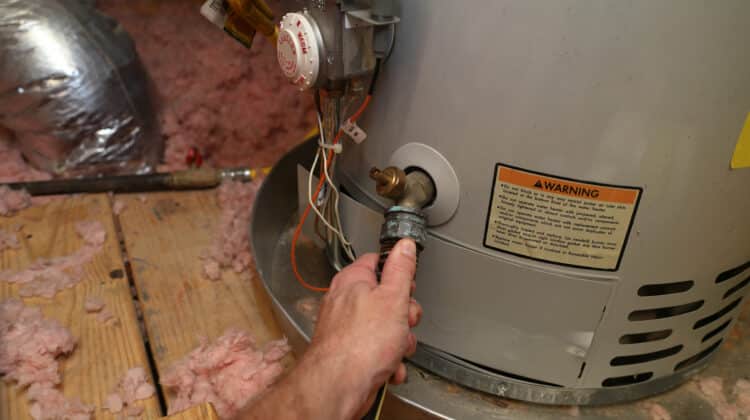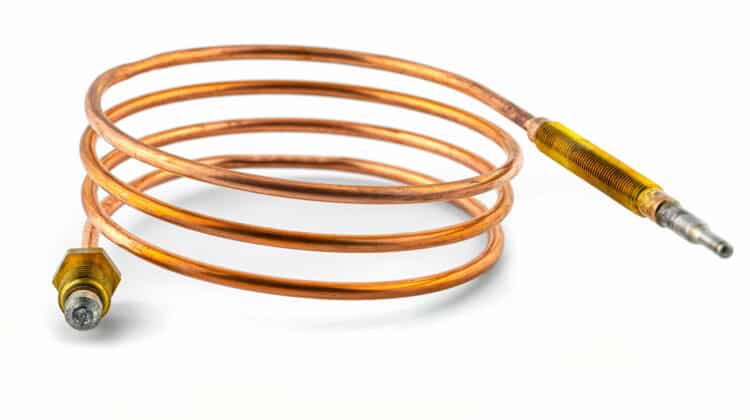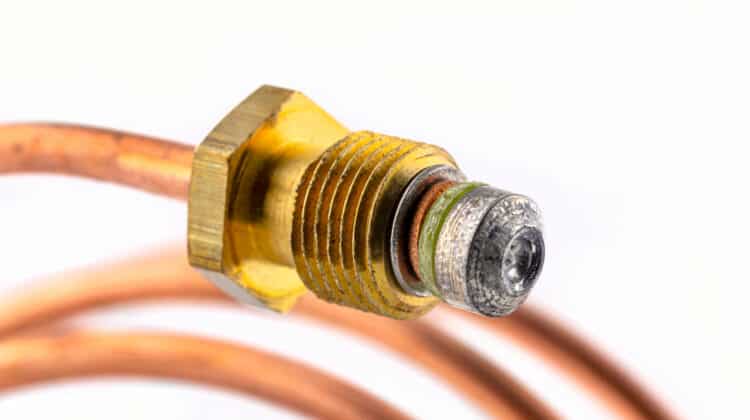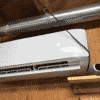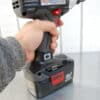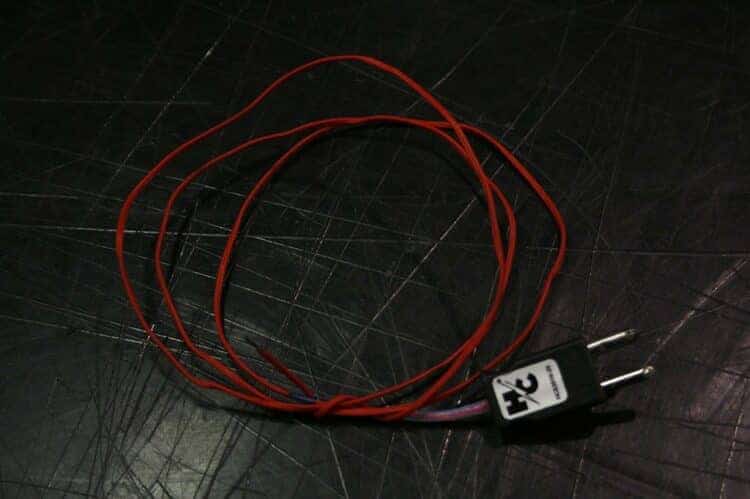
Most times, we buy appliances without much thought given to the parts that make them work. It’s only when they have a problem we scramble to figure out what’s wrong. Each part, as small as it may be, serves an important function. Our article today focuses on a little known device called a thermocouple. More specifically, on ‘what does a thermocouple do’.
We will also look at when you need to clean these devices and getting the job done. Because the average person may not know what a thermocouple is, but our appliances need them to work.
Table of Contents
What Is A Thermocouple?
A thermocouple is a kind of temperature sensor made up of two different metal wires. The ends join of these wires meet and join at one end were they create what we call a hot/electrical junction. The other ends of the wires pass through a gauge that reads millivolts and connects at the other end. The second junction they make is the cold junction.
What Does A ThermoCouple Do?
The difference in temperature between junction one and junction two creates voltage. The thermocouple interprets that electrical current. The electrical current is what tells the thermocouple if something is hot or cold. It then reacts to that information by keeping the heat in your device on or shutting it off.
It seems like a lot to take in, but here are two practical examples with which you should be able to relate.
What Does A Water Heater Thermocouple Water Do?
Gas water heaters have thermocouples. When the pilot light in the water heater has a flame, the thermocouple reads that temperature. It keeps the line open. The opened line allows the gas to continue flowing, so your water heater continues to run.
If there is no flame or heat, the temperature of the water heater changes. It cools down. The thermocouple reacts to that change in temperature by shutting the gas off. You do not have to do it yourself.
The same thing happens if you have a gas furnace. Once the sensor senses the heat loss, it cuts off the fuel supply.
Thermocouples are part of many of your home appliances. These appliances include:
- stoves
- pizza ovens
- kilns
You can even find thermostats in your iron and electric kettle.
These devices need to have a thermocouple to regulate their temperature. Your iron knows when it is too hot and so clicks off, and your kettle knows when to stop boiling.
Thermocouple Maintenance
You may not have known what job a thermocouple does, but I’m sure you can tell by now that this is an important device. It is even more important to ensure it keeps working the way it should.
As with most things we use all the time, wear and tear will affect the thermocouple. Before you blame that device, try these troubleshooting steps. The thermocouple may not be the cause of the problem.
Examine The Pilot Flame
Check to see if the flame is small, light yellow, or orange. Sometimes there might not be a flame. The heat from a small flame cannot reach the thermocouple to cause any kind of reaction. And no flame at all means the same thing.
If you notice this is the case, do not jump to conclusions yet. The problem could be a blockage within the pilot tube.
The Fix
Shut of the system for safety reasons. Remove the tube. Use compressed air to clean inside the line, and clear the blockage.
You’ve checked the flame and cleared the tube, but neither of these solves the problem. What do you do next?
Examine The Hot Junction
Is there too much space between the hot junction and the flame? If there is, that space may be too wide to heat the thermocouple. There is no hot temperature for it to read.
The Fix
The solution to this problem is also an easy fix. You only need to reach in with your hand and fit the thermocouple in the correct position.
If neither of these is the cause of the problem, it is time to do some thermocouple testing.
Test The Thermocouple
Thermocouples may be different depending on the appliance and the manufacturer. But the rules for testing, cleaning, and replacing them are pretty standard. Our guide should be able to help you poke your way around until you get the job done.
To perform a test on your thermocouple, you need a multimeter and help from one other person.
-
- First, shut off the system.
For safety reasons, you must follow this step.
-
- Unscrew the thermocouple
Before you do this, it might be a good idea to snap a picture. It will come in handy when putting the system back together.
-
- Adjust your multimeter to pick up millivoltage
- Fire up the pilot
This is where you need the help of your assistant. Have the person keep the flame burning for you for about a minute.
Ensure the flame heats the hot junction until it is good and hot.
Press one end of the multimeter to the shaft of your thermocouple. The other end connects with the connector.
If the multimeter records a millivoltage below 25, something is wrong. Your thermocouple either needs to be cleaned or be replaced.
How To Clean A Thermocouple
Your thermocouple might be dirty. Since you’ve already removed it, here’s what you need to do.
Keep the system shut off. Scrub away the buildup on the thermocouple using:
-
- fine sandpaper
- fine steel wool
- the rough side of the dishwashing sponge
Any of these three should do the job well. After you’ve cleaned the grime away, use a lint cloth to wipe away any debris still stuck to the wires.
Reassemble the system
- Turn your appliance on
Your appliance will need some time to get back in the groove. Give it some time for heating up.
If the thermocouple still doesn’t function after this, you have to replace it.
Which Thermocouple Do I need?
Thermocouples come in different types. Here is what you need to know to help you choose the right one.
Why Do You Need A Thermocouple?
Thermocouples are used in several settings. You must know where you want to use it to get the kind you need.
Temperature Range
What temperature range do you want to get? Once you have this information, a range chart will lead you in the right direction.
Response Time
How quickly do you want your thermocouple to respond to temperature changes?
Resistance to abrasion, chemical, and vibration
Installation Requirements
You need a thermocouple that fits the system you have.
Conclusion
You can take care of all your thermocouple problems yourself. If you are not a Do-it-yourselfer, you need the help of a professional.
